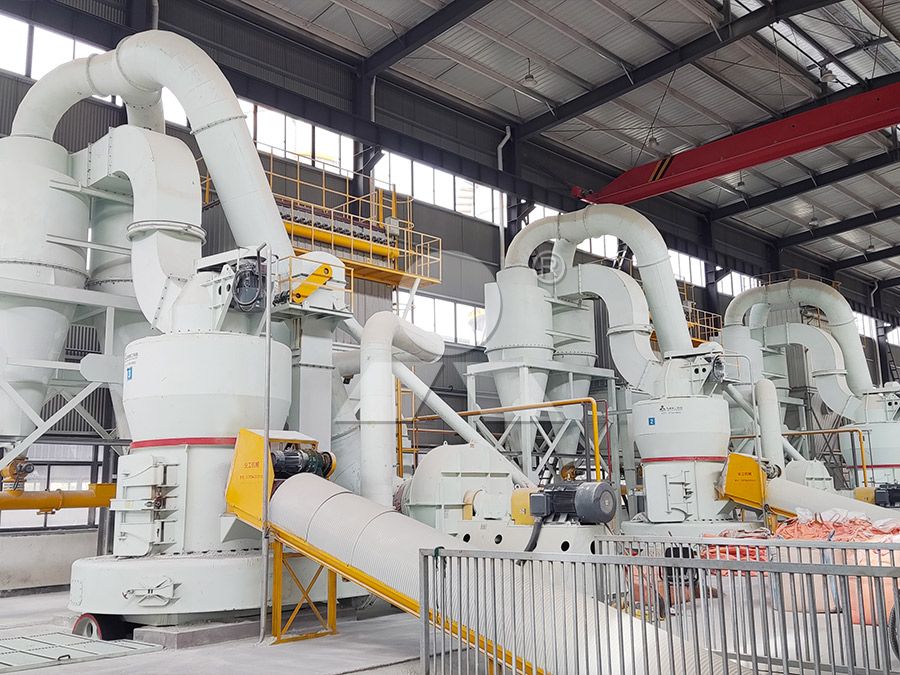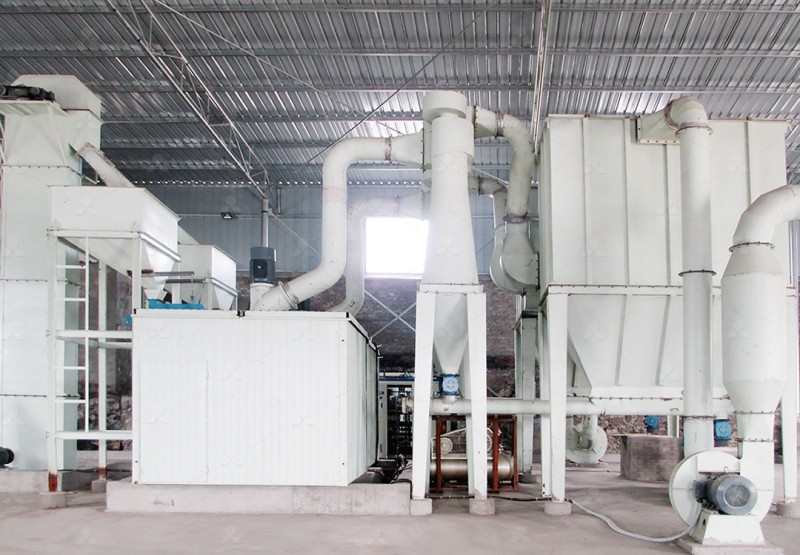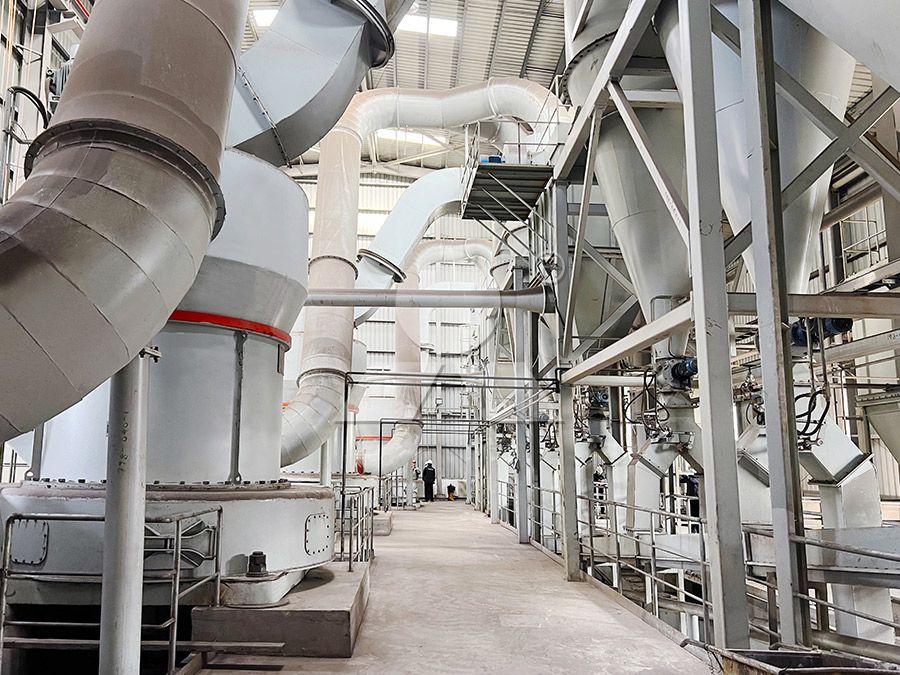Dry Grinding Mill for Hornblende Rock Processing
Dry Grinding Mill for Hornblende Rock Processing
Hornblende rock, a complex silicate mineral commonly found in igneous and metamorphic formations, presents unique challenges for size reduction and powder production. Its variable hardness, abrasive nature, and specific cleavage patterns demand robust and efficient grinding solutions. Traditional grinding methods often fall short in achieving the desired fineness while maintaining operational efficiency and environmental compliance.
The key to successful hornblende processing lies in selecting equipment that can handle its moderate to high abrasiveness while producing consistent particle size distribution. Modern dry grinding technology has evolved significantly to address these challenges, offering solutions that combine high throughput with precise control over final product characteristics.

Technical Considerations for Hornblende Grinding
When processing hornblende rock, several technical factors must be considered. The mineral’s hardness typically ranges between 5 and 6 on the Mohs scale, requiring grinding equipment with sufficient power and durability. Additionally, hornblende’s tendency to form elongated crystals necessitates grinding systems capable of breaking these structures without generating excessive heat, which could alter the mineral’s properties.
Moisture content represents another critical consideration. While hornblende itself contains structural water, surface moisture can affect grinding efficiency and final product quality. Modern dry grinding systems incorporate integrated drying capabilities, allowing processors to handle materials with varying moisture levels while maintaining consistent output.
Advanced Grinding Solutions
For operations requiring ultra-fine hornblende powders, the MW Ultrafine Grinding Mill represents an optimal solution. This advanced system handles input sizes up to 20 mm with capacities ranging from 0.5 to 25 tph, making it suitable for various production scales. The mill’s innovative design features higher yielding capacity with lower energy consumption compared to traditional grinding systems.
The MW mill’s cage-type powder selector, incorporating German technology, enables precise fineness adjustment between 325-2500 meshes. This capability is particularly valuable for hornblende applications where specific particle size distributions are required for downstream processes. The system’s dust removal efficiency, achieved through pulse collection technology, ensures environmentally compliant operation – a critical consideration in modern mineral processing facilities.

Operational Advantages in Hornblende Applications
Specific design features make the MW Ultrafine Grinding Mill particularly effective for hornblende processing. The absence of rolling bearings and screws in the grinding chamber eliminates common failure points when processing abrasive materials. This design consideration significantly reduces maintenance requirements and extends operational lifespan.
The external lubrication system allows for maintenance without shutdowns, supporting continuous 24-hour operation that maximizes production throughput. For hornblende processors dealing with tight production schedules and demanding quality requirements, this reliability translates to consistent output and reduced operational costs.
Alternative Solutions for Specific Requirements
For operations with different throughput requirements or space constraints, the LUM Ultrafine Vertical Grinding Mill offers another viable option for hornblende processing. With an input size capacity of 0-10 mm and throughput of 5-18 tph, this vertical configuration provides excellent space efficiency while maintaining high grinding performance.
The LUM mill’s double position-limiting technology ensures stable operation even when processing variable hornblende feed materials. Its reversible structure simplifies maintenance procedures, reducing downtime during wear part replacement – a significant advantage when processing abrasive minerals like hornblende.

Quality Control and Final Product Specifications
Consistent product quality is paramount in hornblende processing, particularly for applications in construction materials, agricultural supplements, and industrial fillers. Modern grinding systems incorporate digital processing controls that maintain tight tolerances on final product specifications. The whiteness and purity of processed hornblende are preserved through optimized grinding curves and minimal iron contamination.
Both the MW and LUM grinding systems feature comprehensive spare parts support and technical services, ensuring long-term operational reliability. This support structure is essential for maintaining consistent product quality throughout the equipment’s operational lifespan.
Frequently Asked Questions
What makes hornblende particularly challenging to grind?
Hornblende’s variable hardness, abrasive nature, and tendency to form elongated crystals require grinding equipment with sufficient power, durability, and precise control mechanisms to achieve consistent particle size reduction without excessive wear.
How does the MW Ultrafine Grinding Mill handle the abrasive nature of hornblende?
The MW mill’s design eliminates rolling bearings and screws from the grinding chamber, removing common failure points. Combined with wear-resistant materials and external lubrication, this significantly reduces maintenance requirements when processing abrasive materials like hornblende.
What fineness levels can be achieved with modern hornblende grinding systems?
Advanced systems like the MW Ultrafine Grinding Mill can achieve fineness levels between 325-2500 meshes, with the capability to produce powders with d97≤5μm in a single pass, meeting most industrial application requirements.
How important is dust control in hornblende processing?
Extremely important. Hornblende dust can pose respiratory hazards, making efficient dust collection systems like the pulse collectors in MW and LUM mills essential for both regulatory compliance and worker safety.
Can these grinding systems handle variations in hornblende feed material?
Yes, both systems are designed to accommodate normal variations in feed material characteristics. Adjustable grinding parameters and robust construction allow consistent performance across different hornblende sources and compositions.
